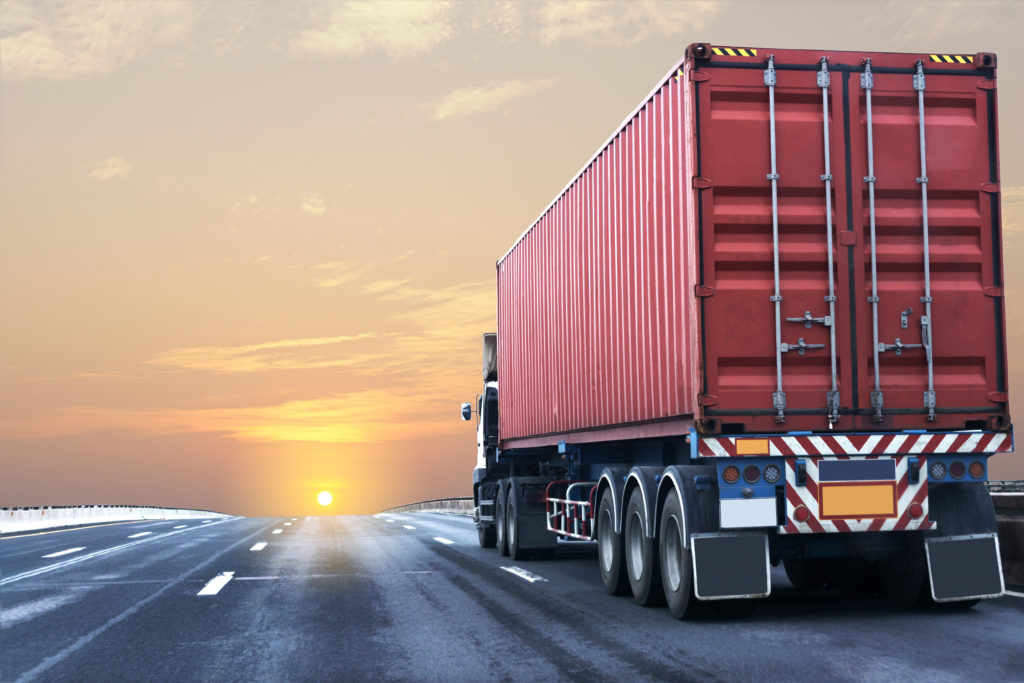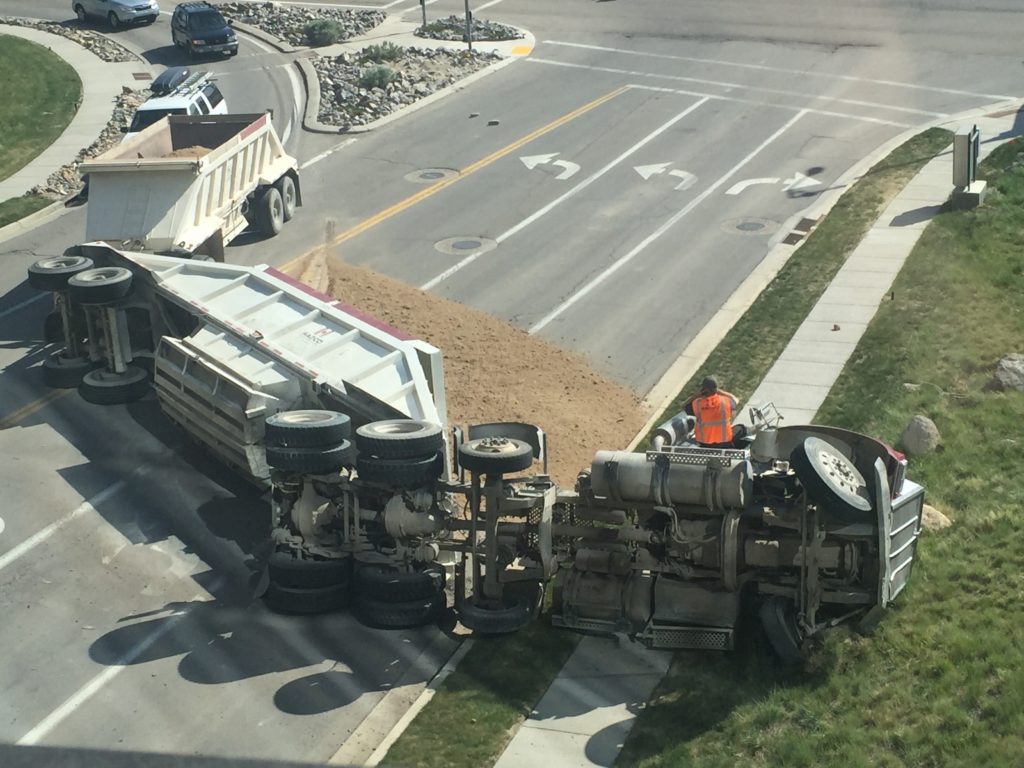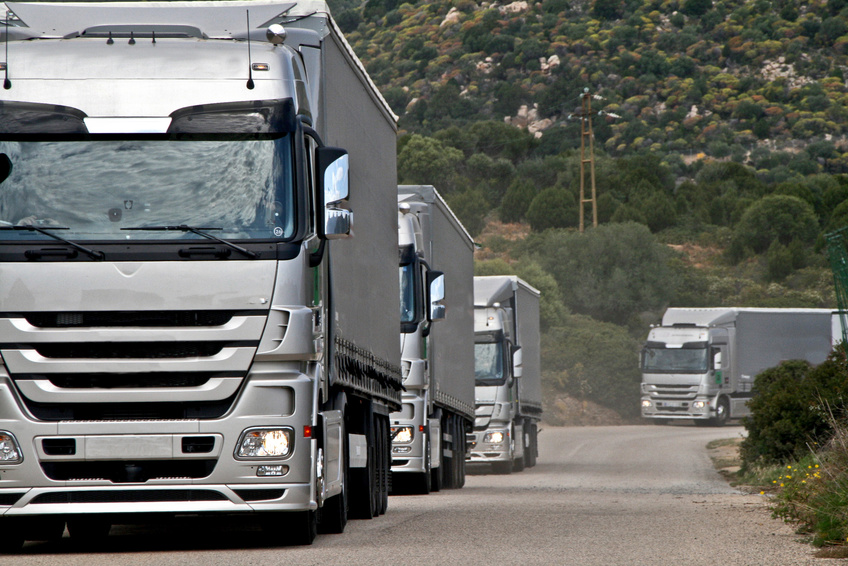Trucking companies across the country now need a wide range of knowledge in regards to their tire choices, and must have an understanding of how to factor in fuel economy, tread ware, price, and technology collaborative capability.
Fuel efficiency is especially important for fleets to take into account right now in regards to tire purchases, as diesel prices throughout the country have been rising steadily in 2021–reaching an average of $4 per gallon in some areas.
“Right now, the return on investment in low-rolling-resistance tires is small, but it should grow as the cost of diesel rises,” said Hirschbach’s chief maintenance officer, Nick Forte. Additionally, wide-base tires can boost fuel efficiency in general, although they need to be replaced more frequently.
According to Forte, Hirschbach’s dual-drive tire replacements log an average of 300,000 to 325,000 miles, while the company’s wide-base drive tires average around 200,000 miles.
Some fleets have been incorporating low-rolling-resistance tires onto their vehicles. This method, although it may be initially more expensive, can help a company reduce its overall fuel costs. Maintenance expenses are a major focus for fleets, and investing in quality tires can make all the difference.
“Tires are behind fuel and labor as an expense, but they are a strong number three [for our company],” explained vice president of vehicle maintenance and fleet services at Pitt Ohio, Taki Darakos. Pitt Ohio is a regional carrier based in Pittsburgh. “They play a large role in our financials.”
Penske Truck Leasing utilizes dual tires, typically, because they are known as an industry standard and the most common type of tire in the company’s fleet. However, Penske will often utilize wide-base, low-rolling-resistance tires for efficiency and regulatory compliance factors.
“If a customer requests wide-base tires, we will provide wide-base, but low-rolling-resistance dual tires are what we use to be compliant with CARB [California Air Resources Board], SmartWay, and greenhouse gas regulations,” said Penske’s vice president of vehicle supply, Scott Brower.
Penske can also monitor tire pressure–another major factor in regards to a truck’s fuel economy–by using onboard technology that can manually maintain or inflate a tire’s pressure. Real-time data pertaining to a truck’s tire pressure is collected by sensors and then sent to Penske through a telematics system.
To further save in overall fuel costs, Penske finds ways to conserve energy through the implementation of aluminum wheels and air tanks, air disc brakes, light weighting specs, automated manual transmissions, smaller engines, boosted fuel capacity, faster rear axle ratios, and vehicle aerodynamics.
However, efficient fuel economy is not the top priority for all trucking companies, such as Averitt Express out of Cookeville, Tennessee.
“We look at total cost, and tire wear drives the numbers, not fuel economy,” said the company’s director of maintenance, Doug Lloyd. “As an LTL carrier, we need robust tires, and fuel economy is a benefit [of that].”
This thought process causes some trucking companies to focus on maximized tire longevity as opposed to fuel economy, explained Cooper Tire’s global truck and bus tire business executive director, Gary Schroeder.
Specifically, Cooper Tire collaborates with fleets to create a total-cost-of-ownership equation that takes into account the casing value, fuel efficiency, mileage, and tire price, and gives a company their best possible options.
“Knowing these four factors and comparing the numbers across brands allows the fleet manager to make informed, fact-based decisions on replacing worn tires,” explained Schroeder.
Still, although companies can use different methods in selecting their tires and boosting their fuel efficiency–including using third-party resources to measure their fleet’s fuel economy–gas prices are becoming a dark cloud over the trucking industry and the economic health in regions across the United States.
These rising fuel prices will force trucking companies to consider further utilization of low-rolling-resistance tires, even though they typically have a less-than-ideal tread depth, explained North American Council for Freight Efficiency executive director, Mike Roeth.
“When fuel hits $4 a gallon, efficiencies will become important,” he said. “Depth of tread helps traction and wear, but higher tread is worse for fuel economy. Less tread depth is better for fuel economy. Lately, engineers at tire manufacturers have been doing good work combining fuel economy, traction, and wear.”





